When deciding on a protein supplement for yourself, you might want to ensure your body effectively absorbs and utilizes it. This is where bioavailability comes into play. Simply put, protein bioavailability refers to the proportion of consumed protein that your body can absorb and use. For instance, if you consume 25 grams of protein but only absorb 15 grams, the bioavailability is 60%.
Not all protein sources are created equal—some are absorbed more efficiently than others. This is crucial for fitness enthusiasts, athletes, or anyone aiming to meet specific protein needs. Whey protein, in particular, stands out due to its superior bioavailability. Its molecular structure allows for faster digestion and absorption compared to many protein alternatives, ensuring a higher percentage of amino acids reach muscles and other tissues that need them.
Understanding protein bioavailability helps you make smarter nutritional choices. Whether your goal is muscle growth, workout recovery, or general health, knowing how much of your supplement is effectively utilized can significantly impact your results.
Types of Whey Protein and Their Bioavailability
Whey protein comes in three main forms, each with different bioavailability levels:
-
Whey Concentrate (80-82% protein): Offers good bioavailability with beneficial fats and lactose.
-
Whey Isolate (90%+ protein): Provides higher bioavailability with minimal fat and lactose.
-
Whey Hydrolysate: Pre-digested for the highest bioavailability and fastest absorption, making it ideal for immediate nutritional delivery.
Factors Affecting Whey Protein Absorption
Several factors influence whey protein absorption, including processing methods, timing of consumption, and digestive health.
Filtration Techniques
The method used to process whey protein significantly impacts its bioavailability. Traditional techniques like ion exchange can be effective but may damage protein structures. In contrast, crossflow microfiltration preserves the protein’s native structure and beneficial compounds, enhancing its bioavailability. This advanced filtration method also removes unwanted components like lactose and fat while maintaining biological activity.
Timing of Consumption
The time at which you consume whey protein can affect how well your body absorbs it. Research suggests that protein absorption is highest post-workout when muscles are primed to take up amino acids. (NIH) The post-workout window (30-60 minutes after exercise) is ideal for maximizing muscle recovery. Additionally, consuming whey protein in the morning can help counteract muscle breakdown from overnight fasting.
Digestive Health
Efficient protein absorption depends on a well-functioning digestive system. Poor gut health, insufficient digestive enzymes, or an imbalanced gut microbiome can hinder nutrient uptake. Many advanced formulations now include digestive enzymes and probiotics to enhance absorption by breaking down protein molecules more effectively.
Choosing the Right Whey Protein Supplement
When selecting a whey protein supplement, prioritizing bioavailability can significantly improve your results. Look for products that utilize crossflow microfiltration technology, which preserves protein integrity while eliminating unwanted components.
A standout feature in advanced formulations is the inclusion of 4 billion CFU of probiotics. These beneficial bacteria support gut health, directly improving protein digestion and absorption. A balanced gut microbiome helps break down protein molecules efficiently, ensuring maximum utilization.
Additionally, digestive enzymes play a vital role in protein breakdown. They help convert protein into smaller peptides and amino acids, making absorption through the intestinal wall more effective. This comprehensive approach ensures you get the most nutritional value from each serving while minimizing digestive discomfort—especially crucial for those with sensitive stomachs.
Conclusion
Understanding protein bioavailability changes the way we approach supplementation. Whey protein ranks among the highest in bioavailability, but not all whey supplements are equal. Advanced processing techniques like crossflow microfiltration enhance absorption, while digestive enzymes and probiotics further improve utilization. As supplement technology evolves, formulations become more effective, delivering better results with smaller servings.
When choosing a whey protein supplement, don’t just focus on protein content—consider bioavailability to maximize its benefits. Optimized absorption ensures you get the most from your supplementation, helping you efficiently achieve your health and fitness goals.


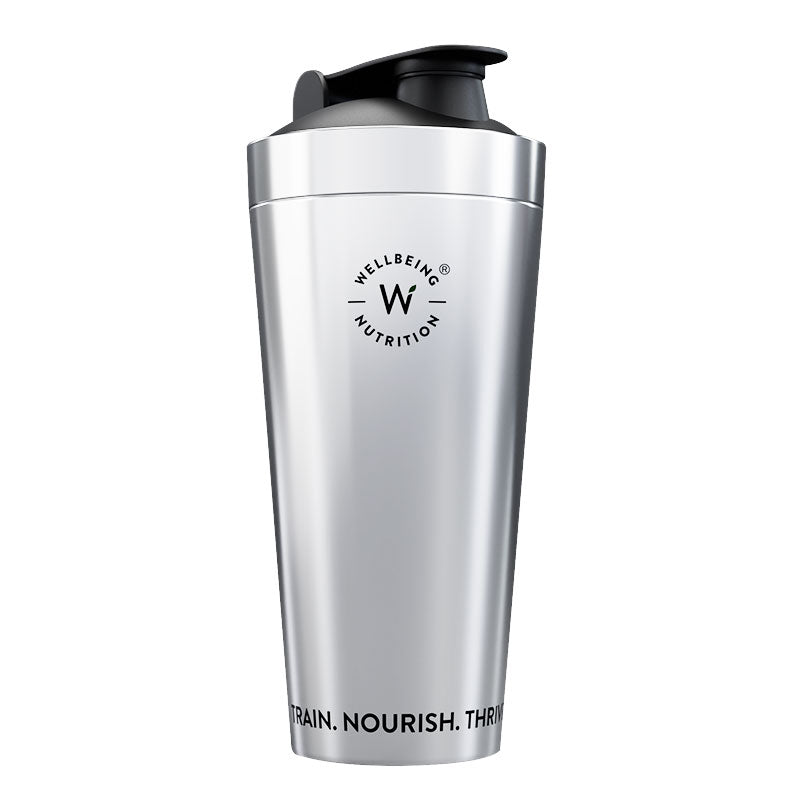




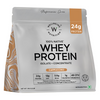
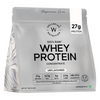
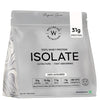






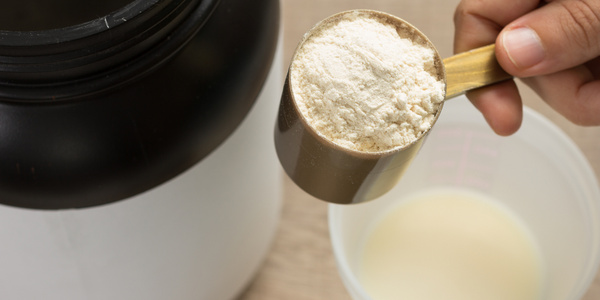

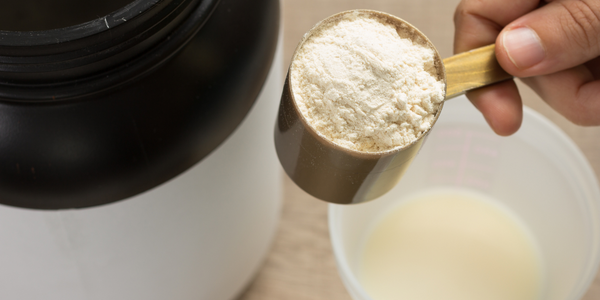
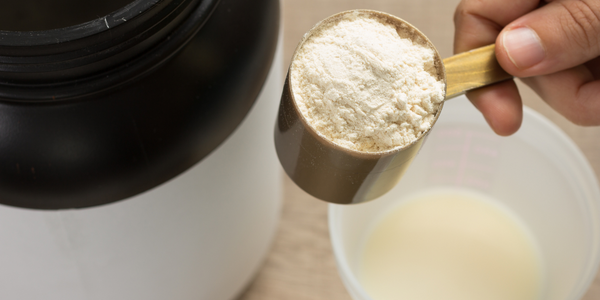










 DOWNLOAD NOW
DOWNLOAD NOW
